Intermediates
Gallantry and accessories
Blog Piekiełka
Inadane - Tuareg silver enchanters

Tuareg ethnic jewelry is an endearing fusion of silver elegance and intricately engraved designs. It is a masterpiece of jewelry craftsmanship, in which tastefulness and a sense of taste undividedly reign along with a hint of mystery floating somewhere above them. Finally, it's a key to a patch of unusual land, a ray that sheds a stream of light on the customs of the Inadane - an intriguing group of Tuareg artisans.
The inaccessible expanse of the sandy Sahara has intrigued European visitors for centuries. However, it was not only the wild, alien landscape that magnetically attracted the attention of wanderers, also the Tuaregs - shrouded in mystery, the Berber nomads skillfully ignited the already well-domesticated European imagination. Eternal wanderers with veiled faces and camel herds unhurriedly plunging into the abyss hidden hen beyond the horizon. These "noble warriors of the desert," the "blue men of the Sahara," fit perfectly into the romantic myth of adventurers free as the wind. This mouth sewn with a thick thread of Bayronian heroes still refuses to peel off. Today, however, mythologized imagery is increasingly intertwined with other images of this remarkable group as well. Tuareg ethnic jewelry, known and admired also outside native circles, not only delights with its charm, but also quietly whispers something about the Inadane who produce it.
Not every member of the Tuareg community took to the craft. It's not even so much a question of one's skills as the unyielding dictates of social rules. Traditionally, the division of roles was always governed by a set of clearly defined rules - it set boundaries beyond which one could not go. The Inadane are Tuareg artisans, descendants of the black Saharan people who resided in the area long before the invasion of the Berber tribes. The whiter invaders gradually subjugated the indigenous groups - allowing them into their circles while retaining a much higher position than them. The status of the Inadane was not as bad as the position of the slaves; nevertheless, according to the laws of the feudal world, they were closely woven into a densely woven web of mutual filiation. And while there is no shortage of stories in oral accounts about the friendship that united the artisan and his master, the situation was never in doubt - it was clear who was in charge in this tandem.
Thus, a craftsman could not just become one - an Inadane had to be born. The boys being introduced to the profession began their apprenticeship around the age of seven. It was then that they let go of the folds of their mother's skirt and increasingly circulated around the household workshops - brewing tea, cleaning, doing simple workshop work, and above all, closely watching their fathers, uncles and older brothers. At the age of fifteen, they could actually be considered artisan masters - intensive practice did its job.
Without artisans, the nomadic life of the Tuaregs would certainly have lain in the desert dust. They were the ones who produced all the necessary items for functioning. From tents and bags, to saddles, shields and swords, to pottery, musical instruments and jewelry ornaments. And it doesn't stop there, however! For centuries, the Inadane not only held a particular trade in their hands, they were also the depositories of extensive knowledge. Thus, a potter or carpenter was not infrequently also a musician, a teacher, an advisor with diplomatic flair, a doctor, a veterinarian, a barber and even a magician. In terms of basic professions, however, jewelers have always been held in the highest esteem.
Metal smelting is an almost religious-magical experience in many cultures. It is an interference with the rhythm of time and nature, a creation on the scale of divine genius! The ability to tame the element of fire and change the state of matter automatically inspires awe and appreciation laced always with a sizeable dose of fear. No wonder, then, that Tuareg jewelers were entitled to a special kind of respect.
Traditionally, Tuareg jewelry was made entirely of silver. Gold was notorious for its deleterious properties, while iron was all too easy to connive with dark powers. In the past, the manufacturing process was closely linked to precise cultural requirements - it was gender, material status and social position that strictly determined the selection of ornaments an individual could reach for. Today, the majority of local products are sold on foreign markets, materials are changing, designs are chosen with greater freedom, so the position of the jewelers themselves is also changing. They are the ones who, in a time of social transformation affecting the Tuaregs, are doing best. Accustomed to a sedentary lifestyle, with a decent trade in their hands and refined taste, they enchant not only their loved ones with their works. This unusual oriental jewelry is worth a close look!
Ethnic Jewelry
-

Silver-plated ring with labradorite
175,0099,75 -
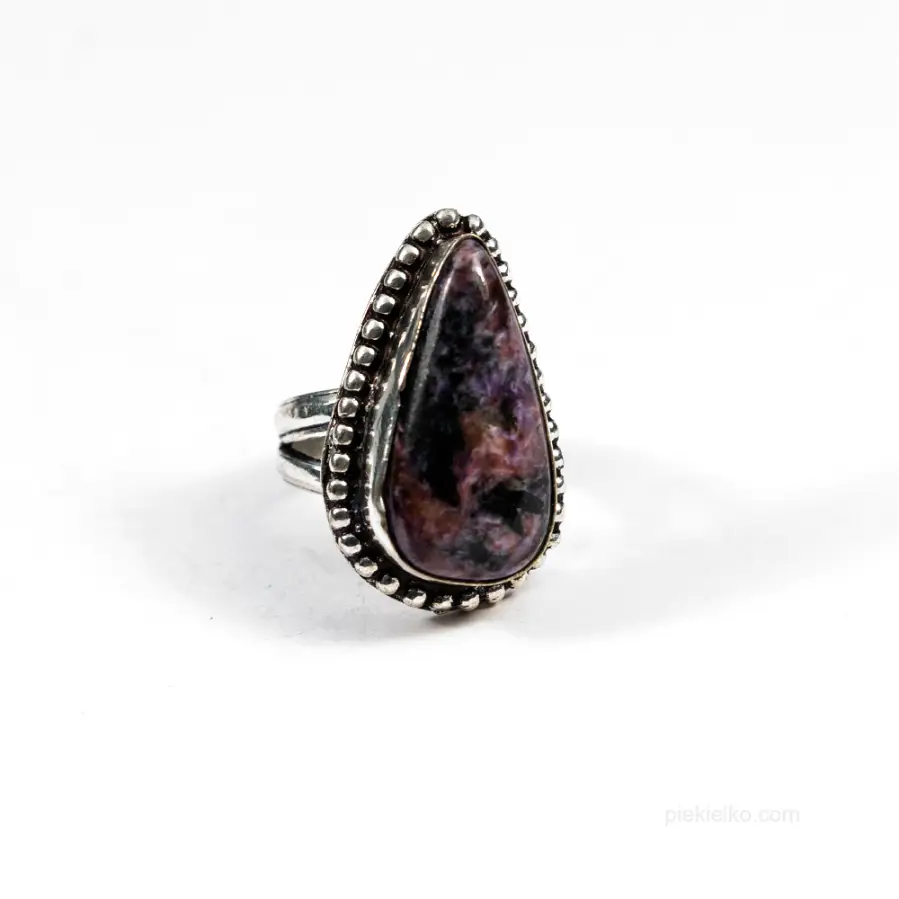
Charoite ring
195,00185,25 -
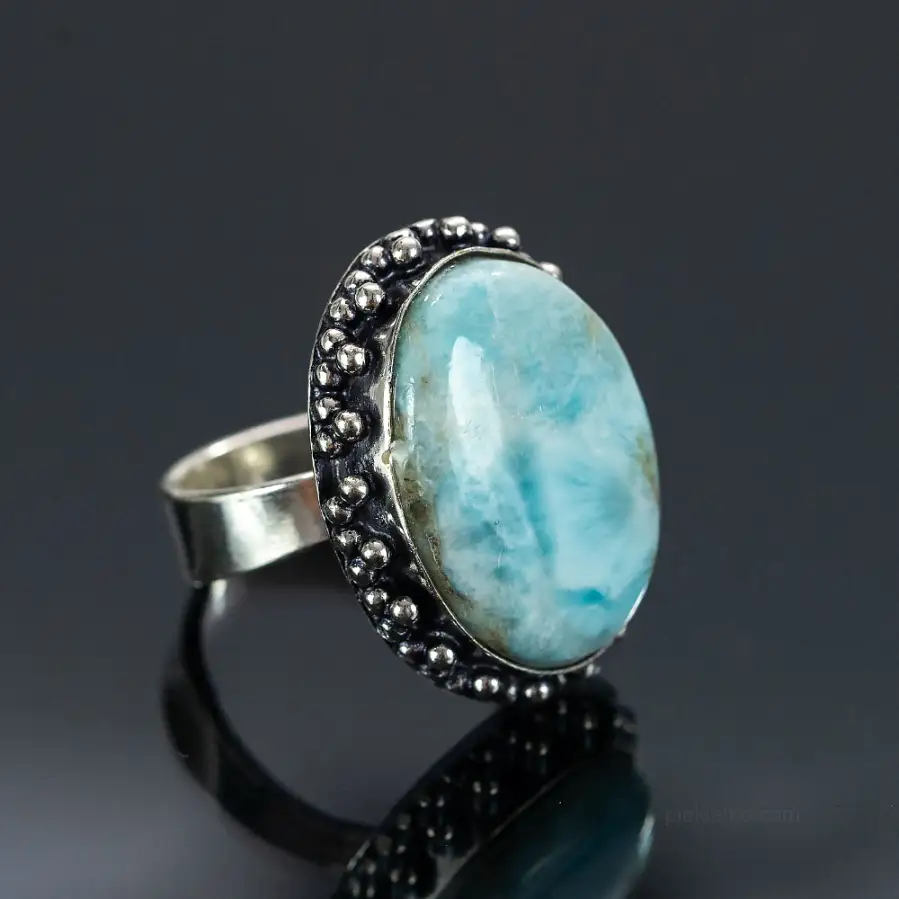
Larimar ring – Caribbean magic in an Indian setting
260,00247,00 -

Rhodochrosite copper ring
185,00105,45 -
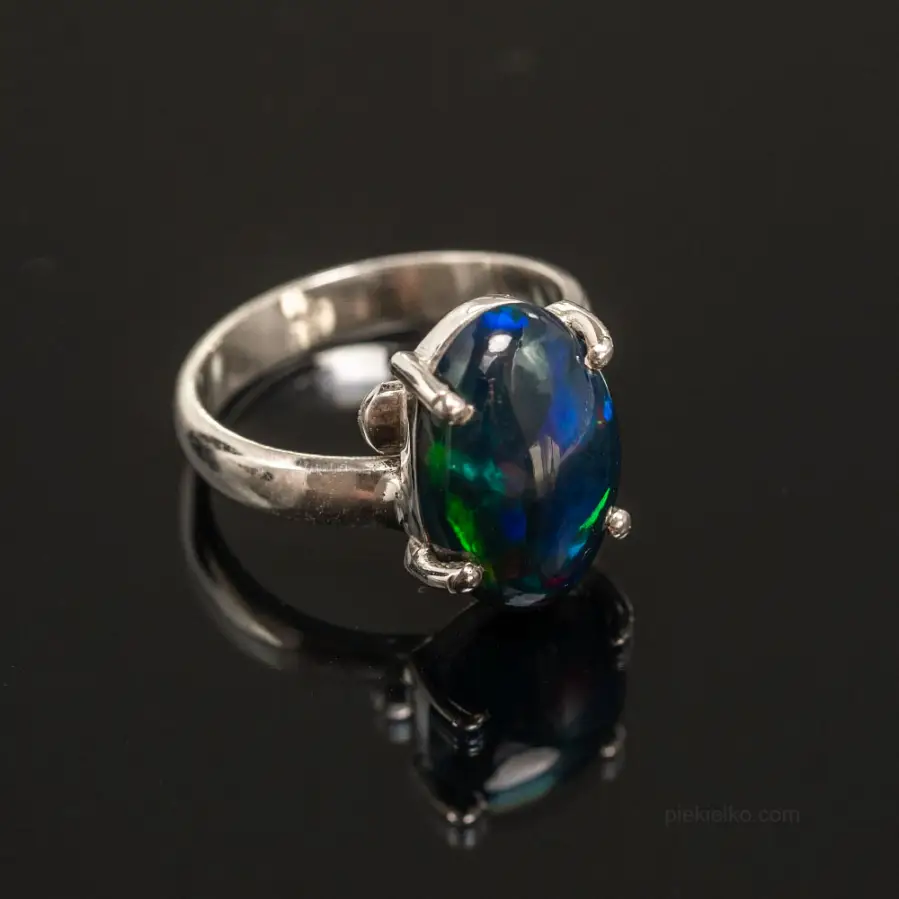
Ring with black opal
490,00442,23 -
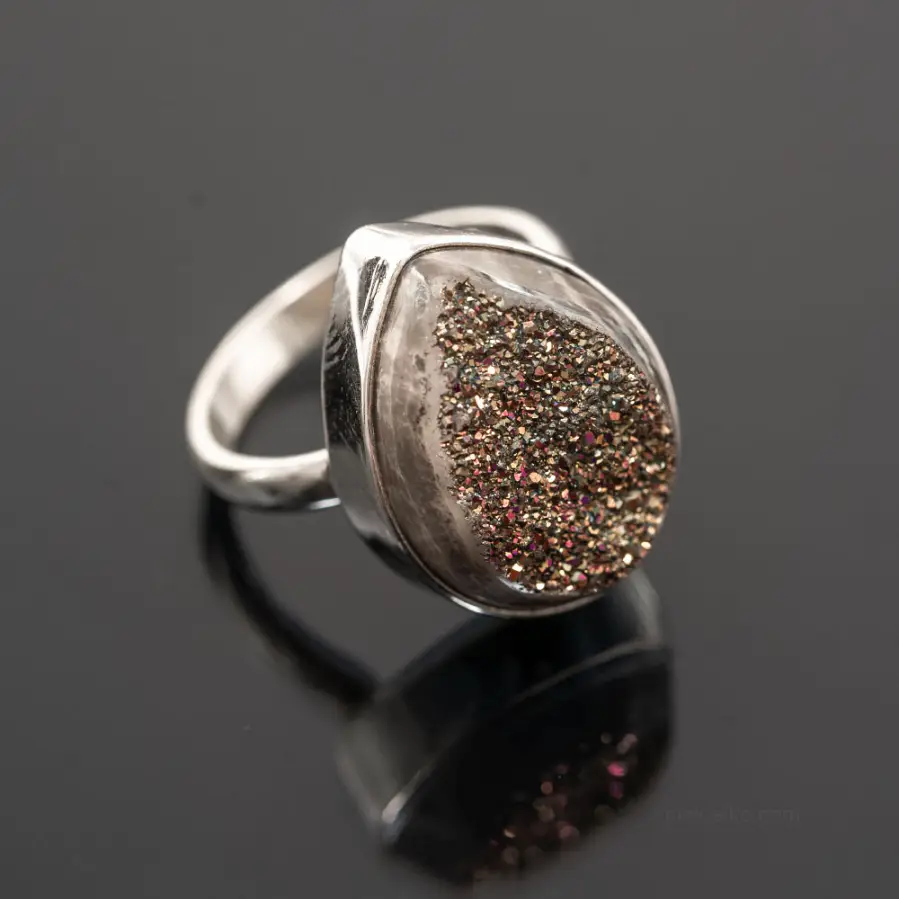
Ring with a copper-colored titanium drusen
370,00333,93 -

A piece of the Caribbean in your style
260,00247,00 -

Ring with Turquoise and Copper vein
355,00320,39 -
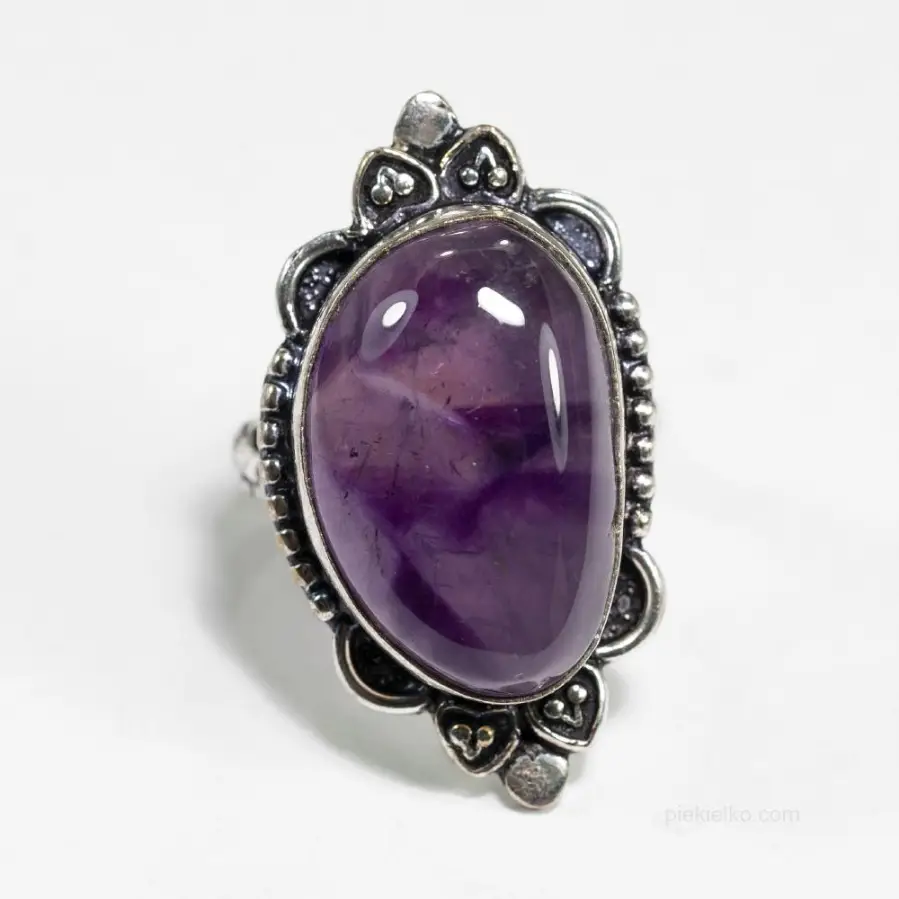
Natural amethyst ring
186,00176,70 -
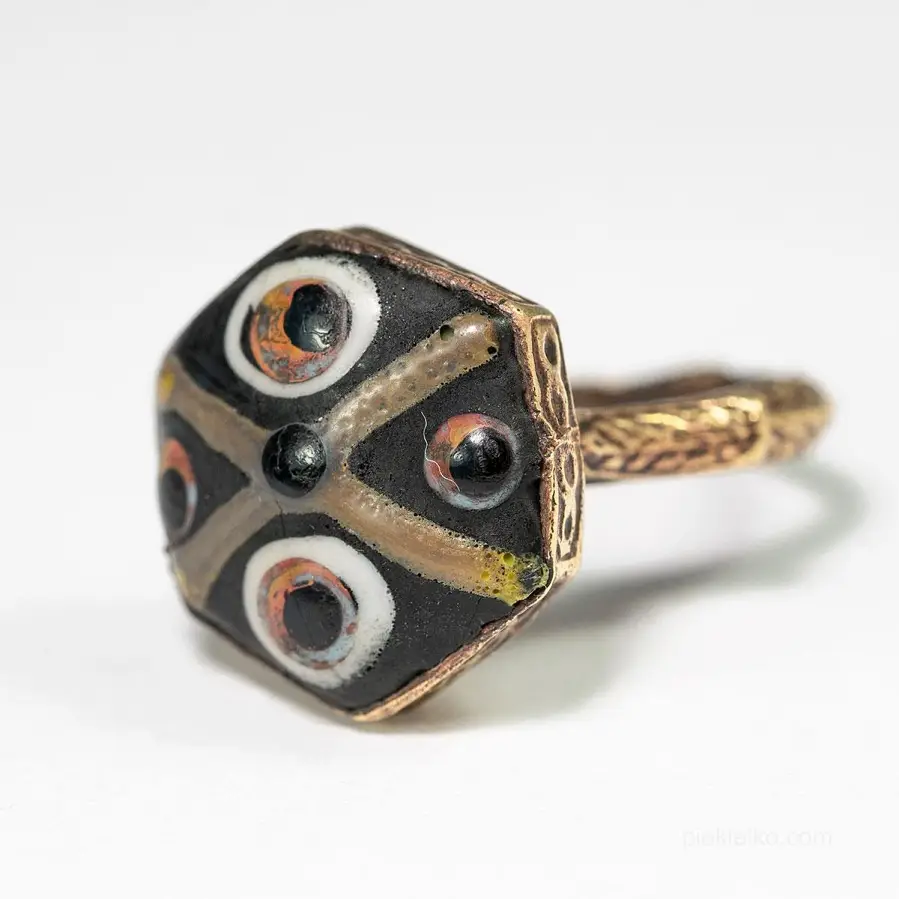
Gabri glass ring
98,0093,10 -
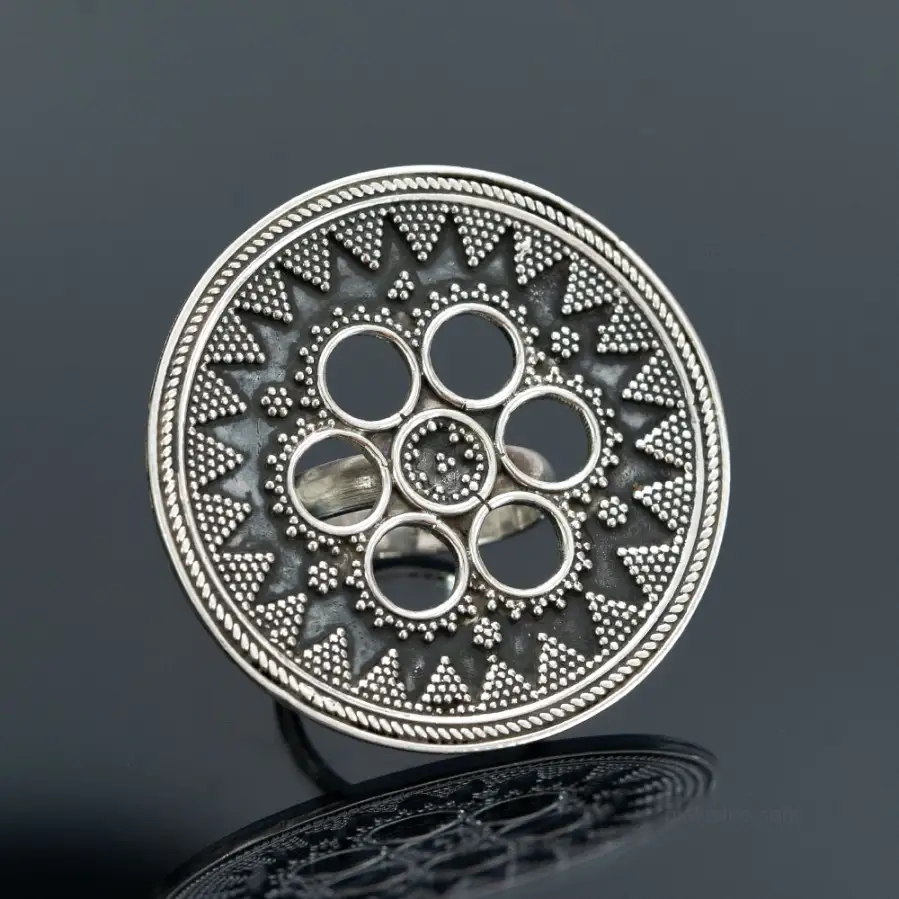
Indian silver ring
385,00347,46 -
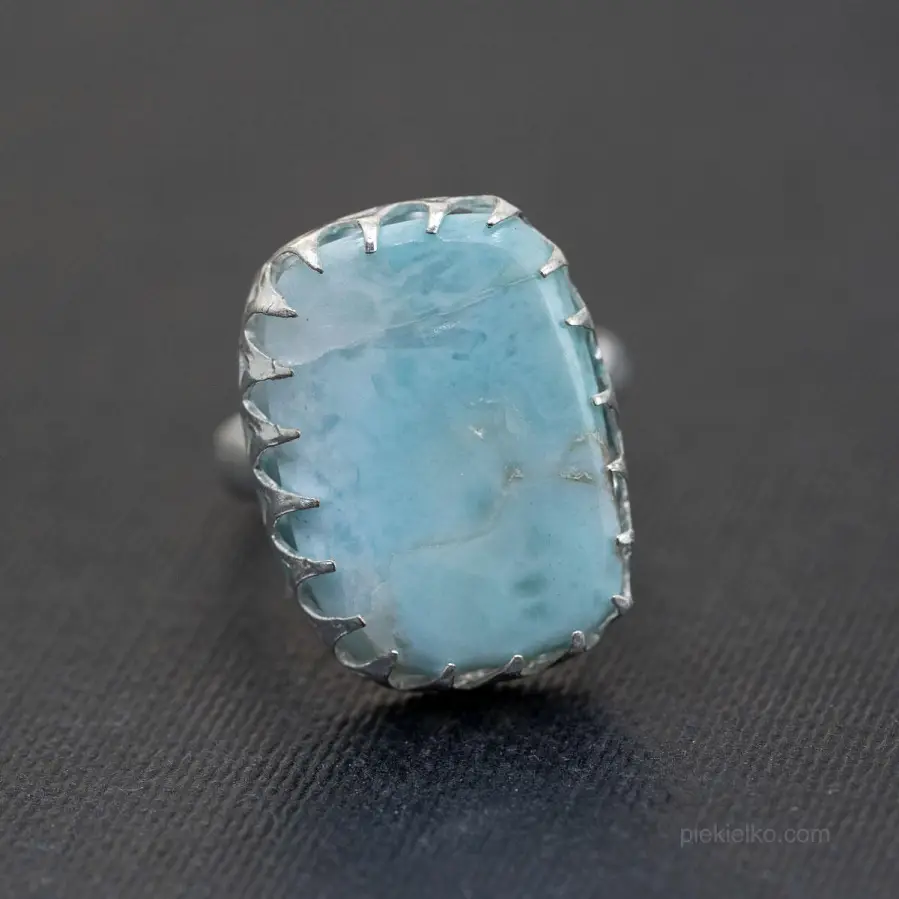
Larimar ring
138,00131,10 -
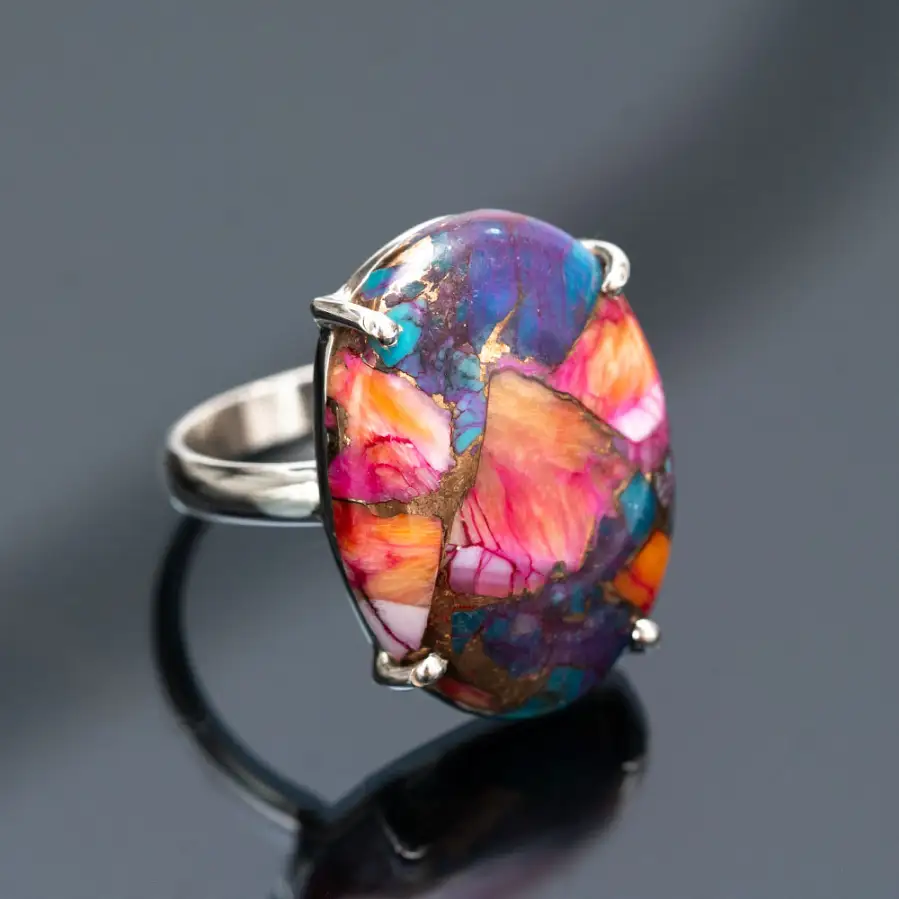
Silver ring with purple turquoise
370,00333,93 -
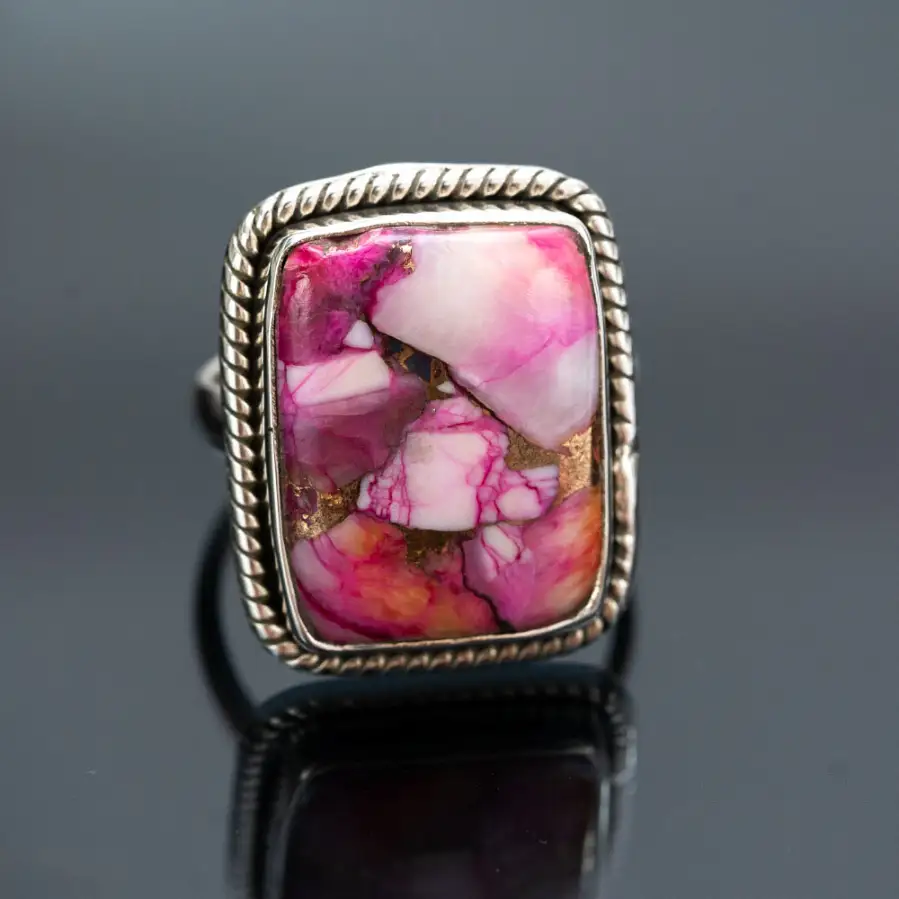
Silver adjustable ring with pink turquoise oyster
365,00329,41 -
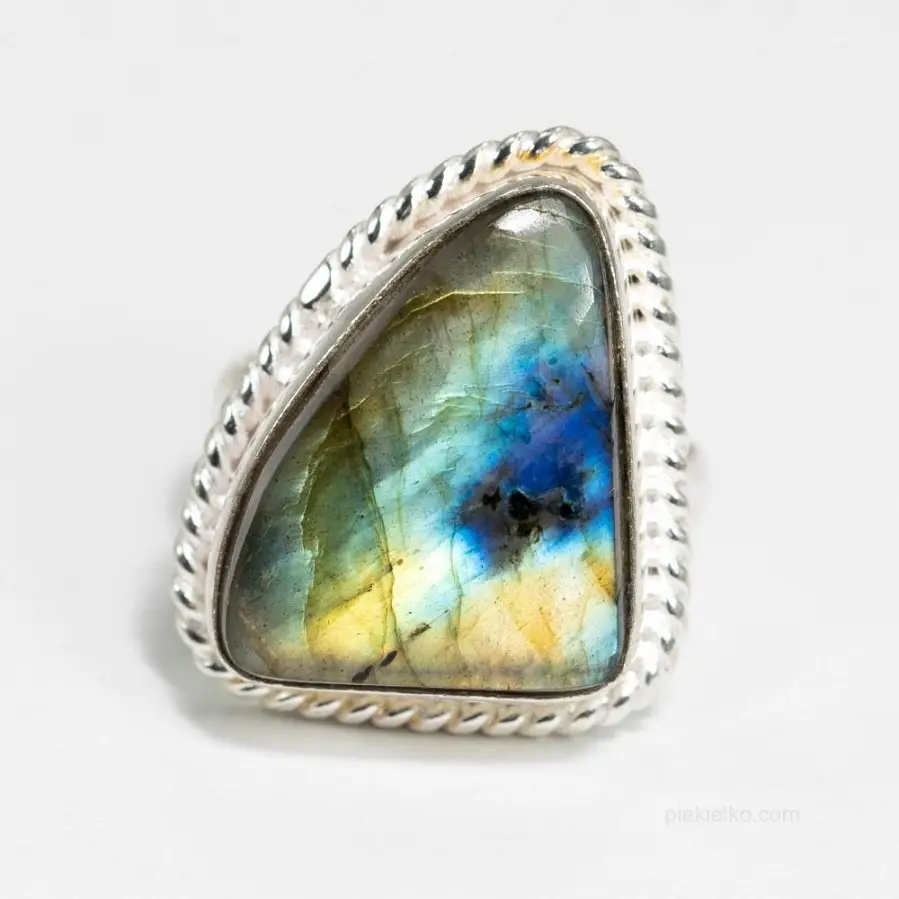
Ring with fiery labradorite
199,00 -
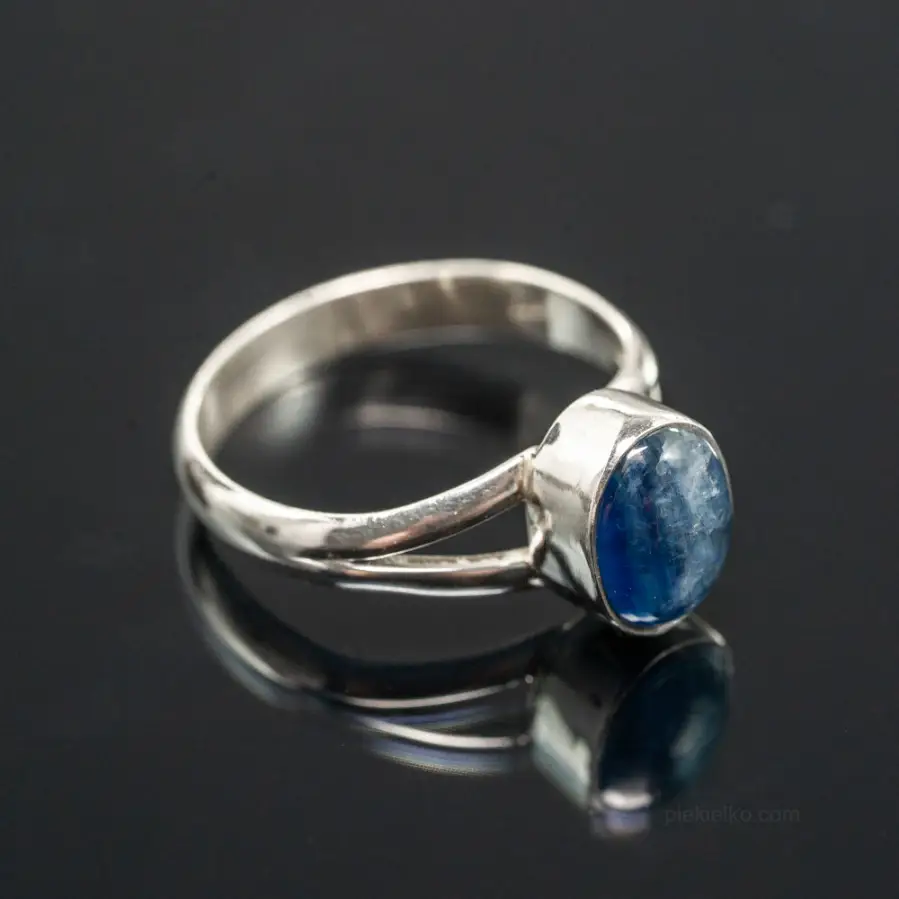
Ring with natural kyanite
320,00288,80 -
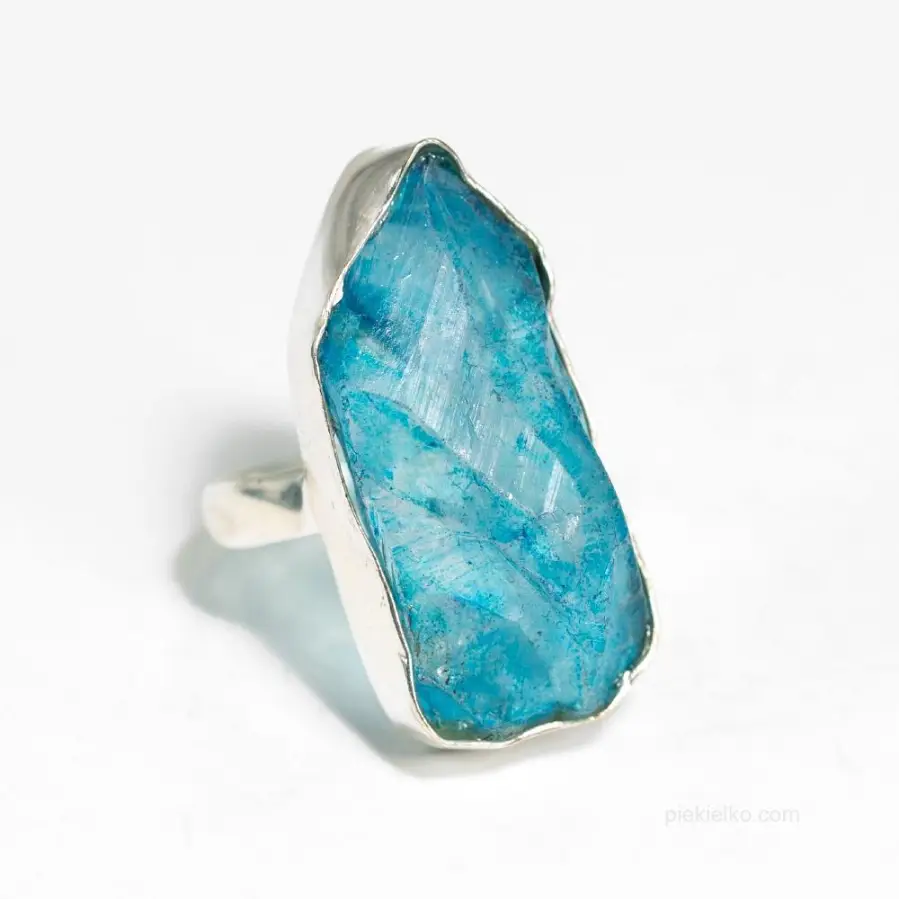
Blue crystal ring
125,0071,25 -
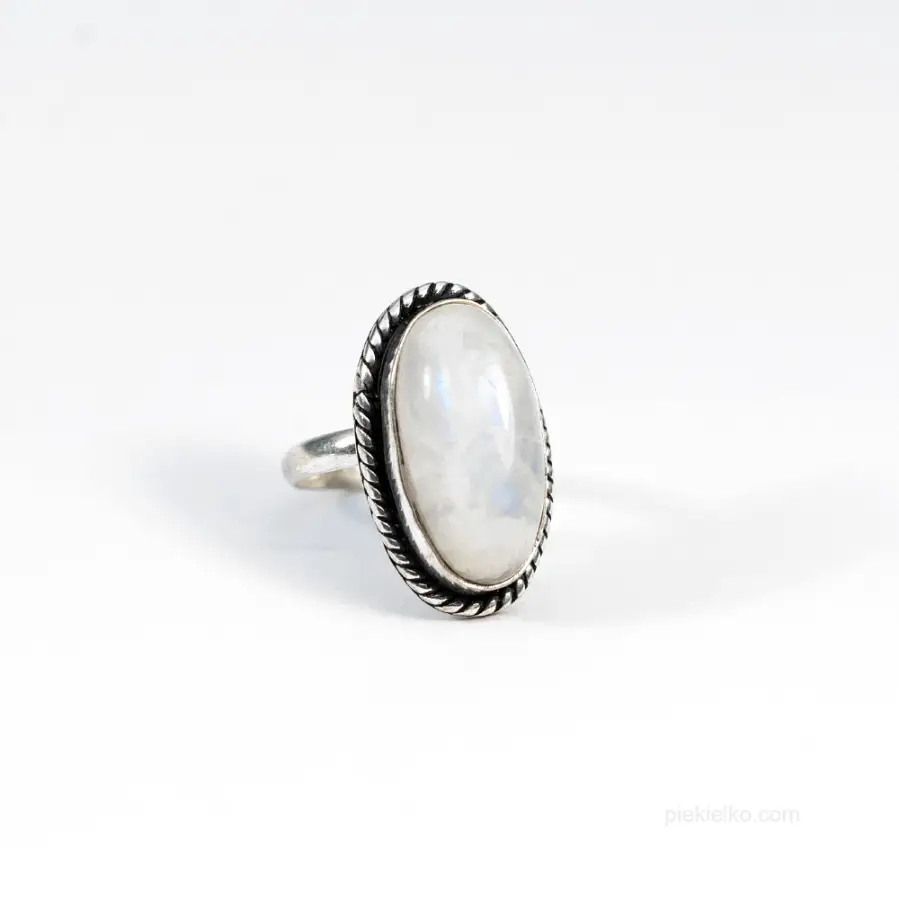
Adjustable moonstone ring
145,00137,75 -

Silver-plated larimar ring – elegance by nature
260,00247,00 -
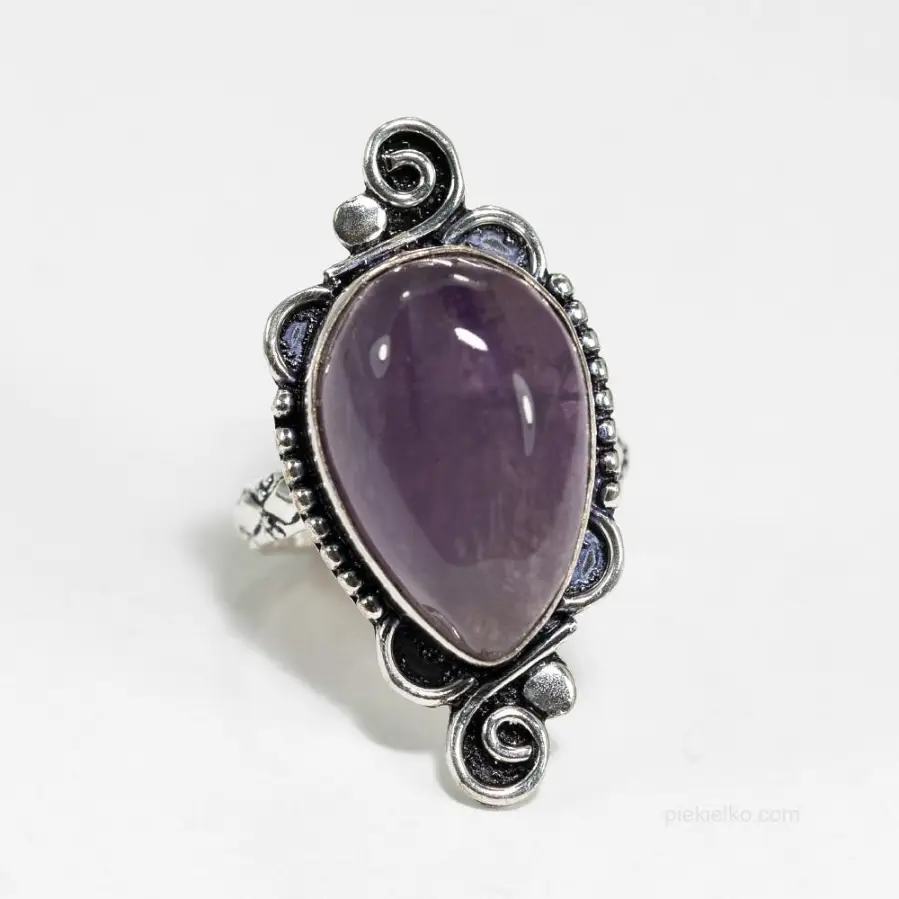
Handmade amethyst ring
199,00189,05



© Piekielko.com

